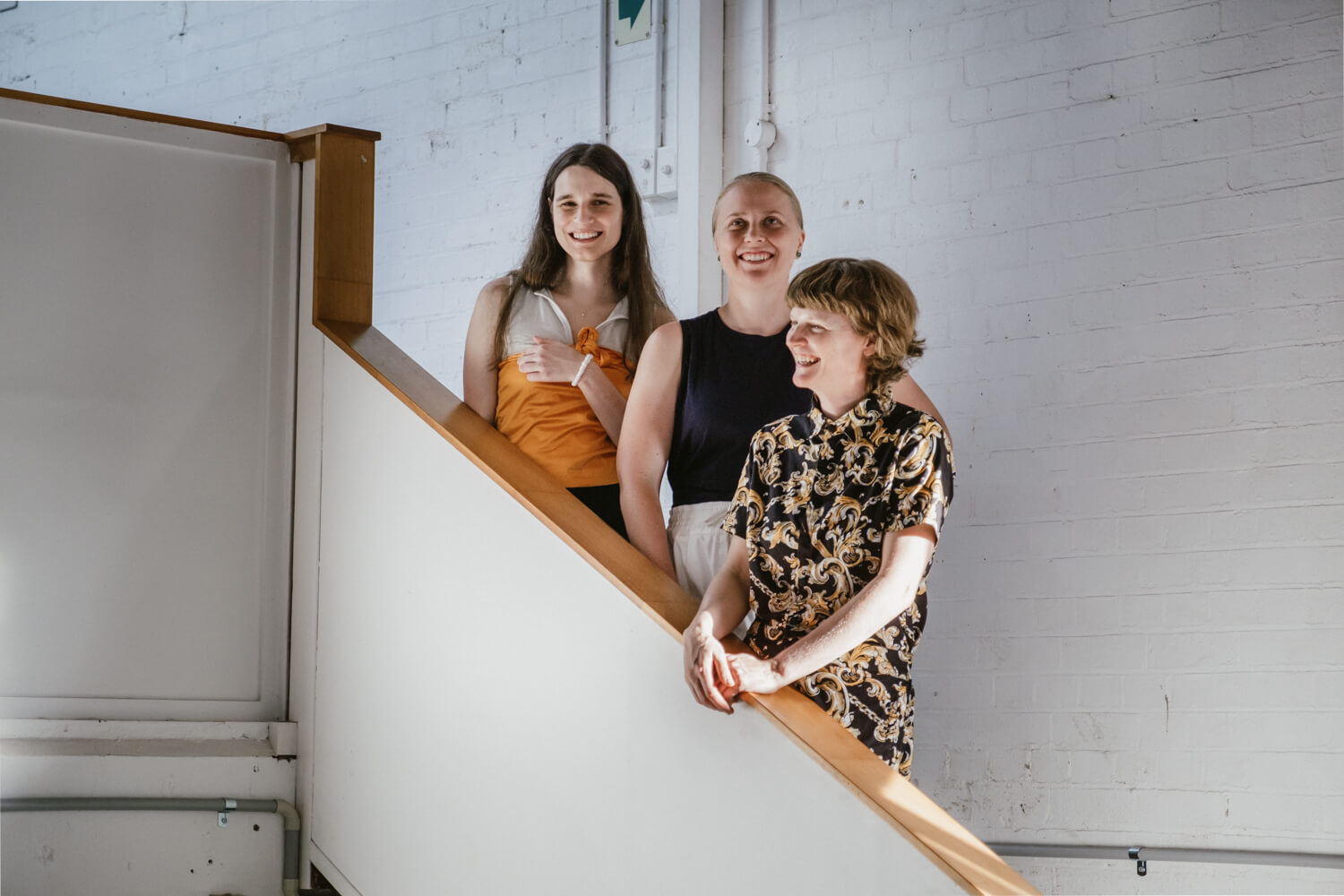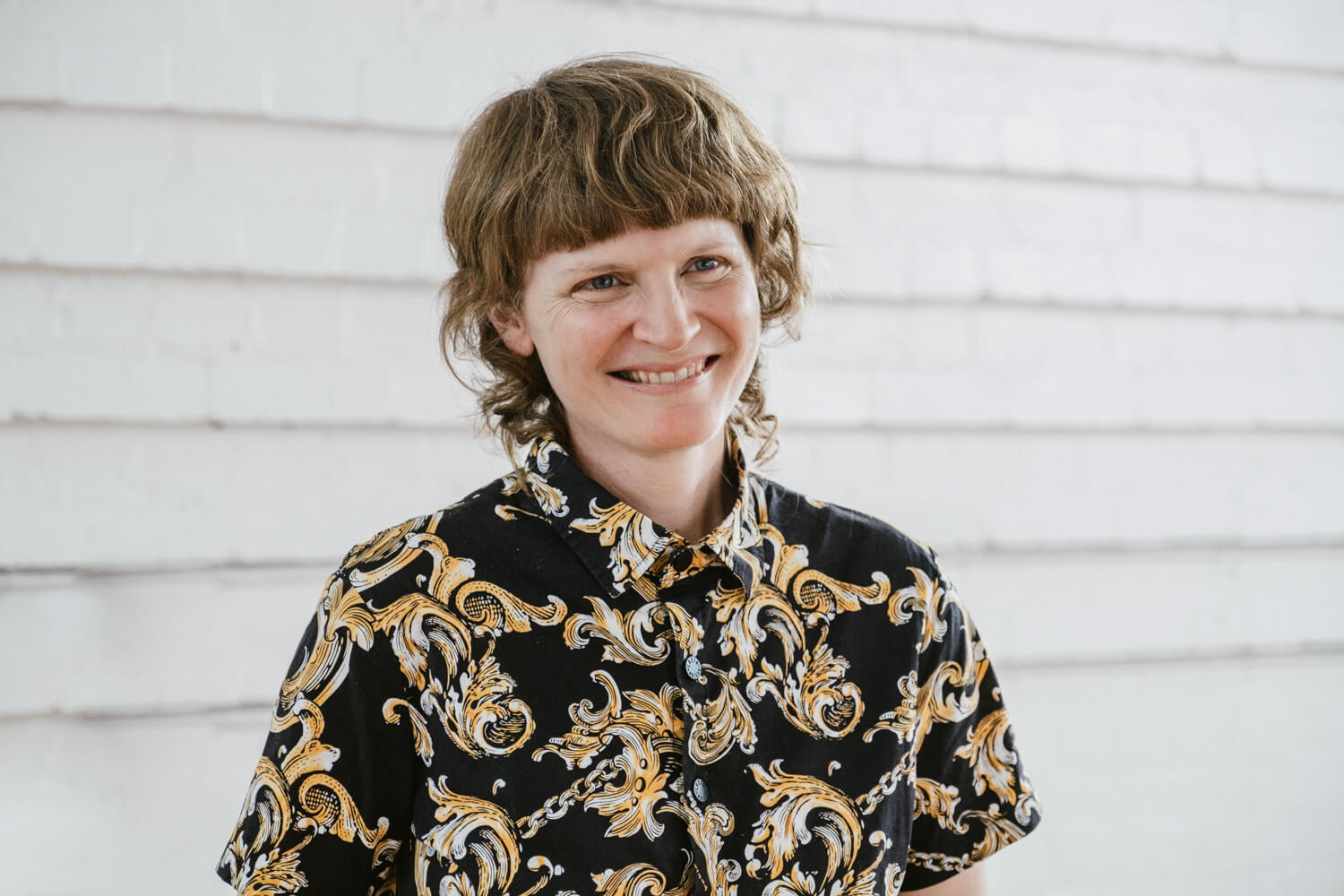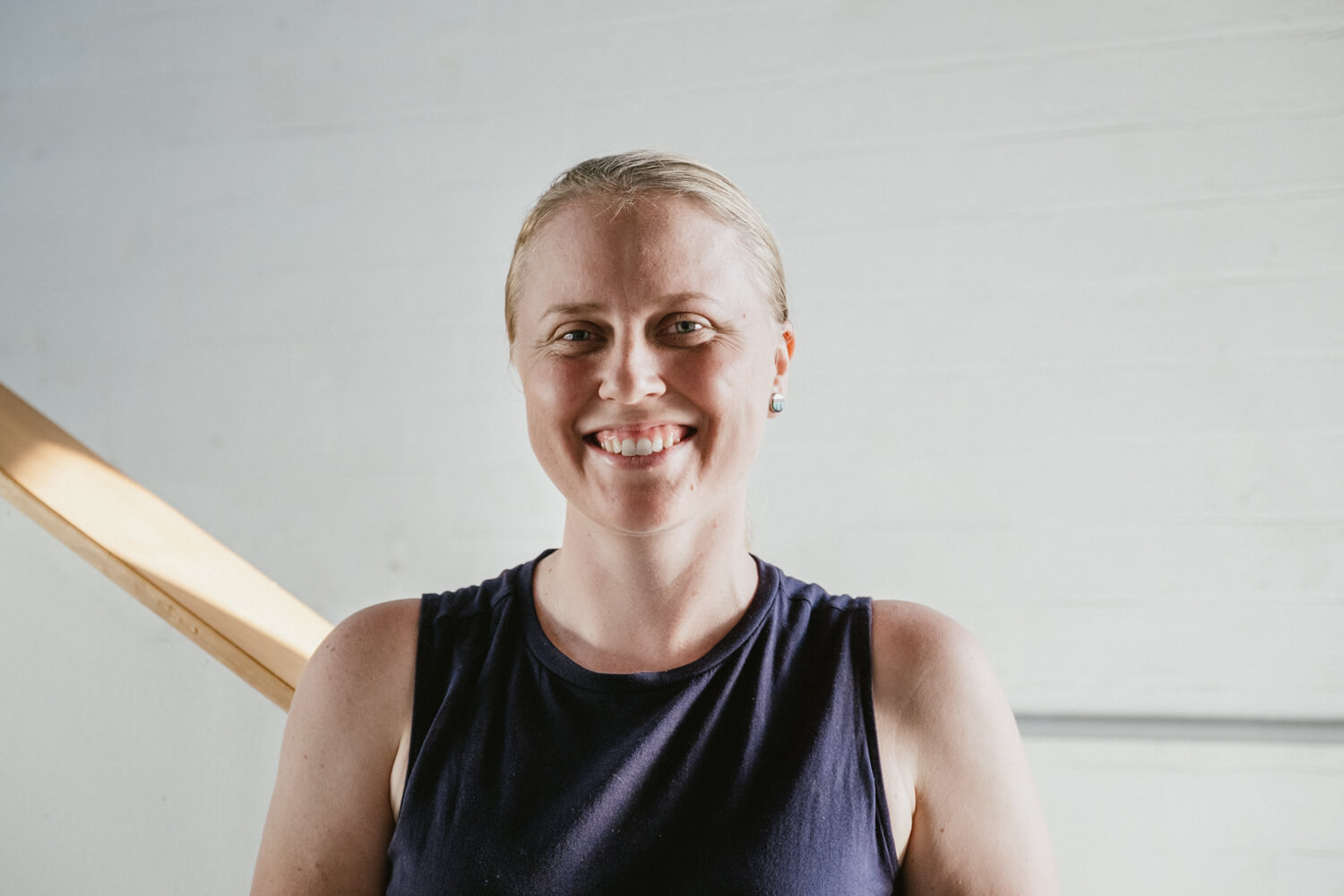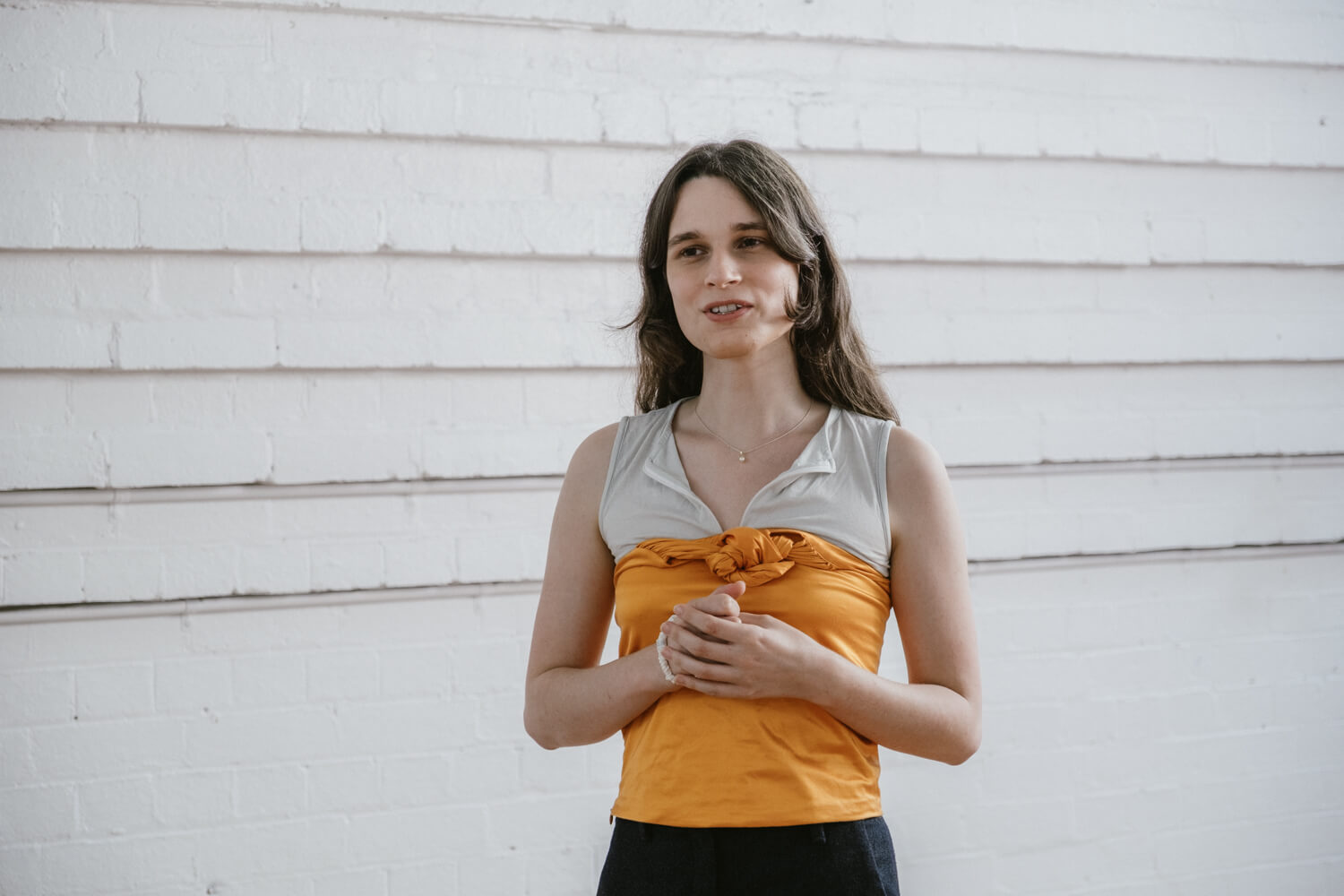As a part of the MAVA Substation offering, Metro Arts is thrilled to offer ‘MAVA Pathfinders’.
Ensuring a strong local independent sector of artists, MAVA Pathfinders is supporting three Queensland, mid-career visual artists to explore entrepreneurial opportunities and harness their potential to build sustainable careers. Based at the MAVA Substation, the program involves a 12-month paid residency for each of the three artists, studio space, materials budget, workshop access, and professional development opportunities.
This residency is about building entrepreneurial and resilient career models for artists that feed creative practice and enable financial security. The focus will be on exploring new opportunities and ways of working that better ensure immediate and long-term financial sustainability, as well as equip artists with the pragmatic skills required to access new audiences and opportunities.
This initiative, valued at over $200,000 has been made possible through generous support from the Federal Government’s Restart Investment to Sustain and Expand (RISE) Fund, and Metro Arts.
The inaugural recipients are Caitlin Franzmann, an immersive artist who uses her craft to explore environment, history and placemaking, Elizabeth Willing, whose multi-disciplinary work is thematically inspired by food and hospitality, and painter, photographer and digital media artist James Barth.
This project is supported by the Restart Investment to Sustain and Expand (RISE) Fund – an Australian Government initiative.




